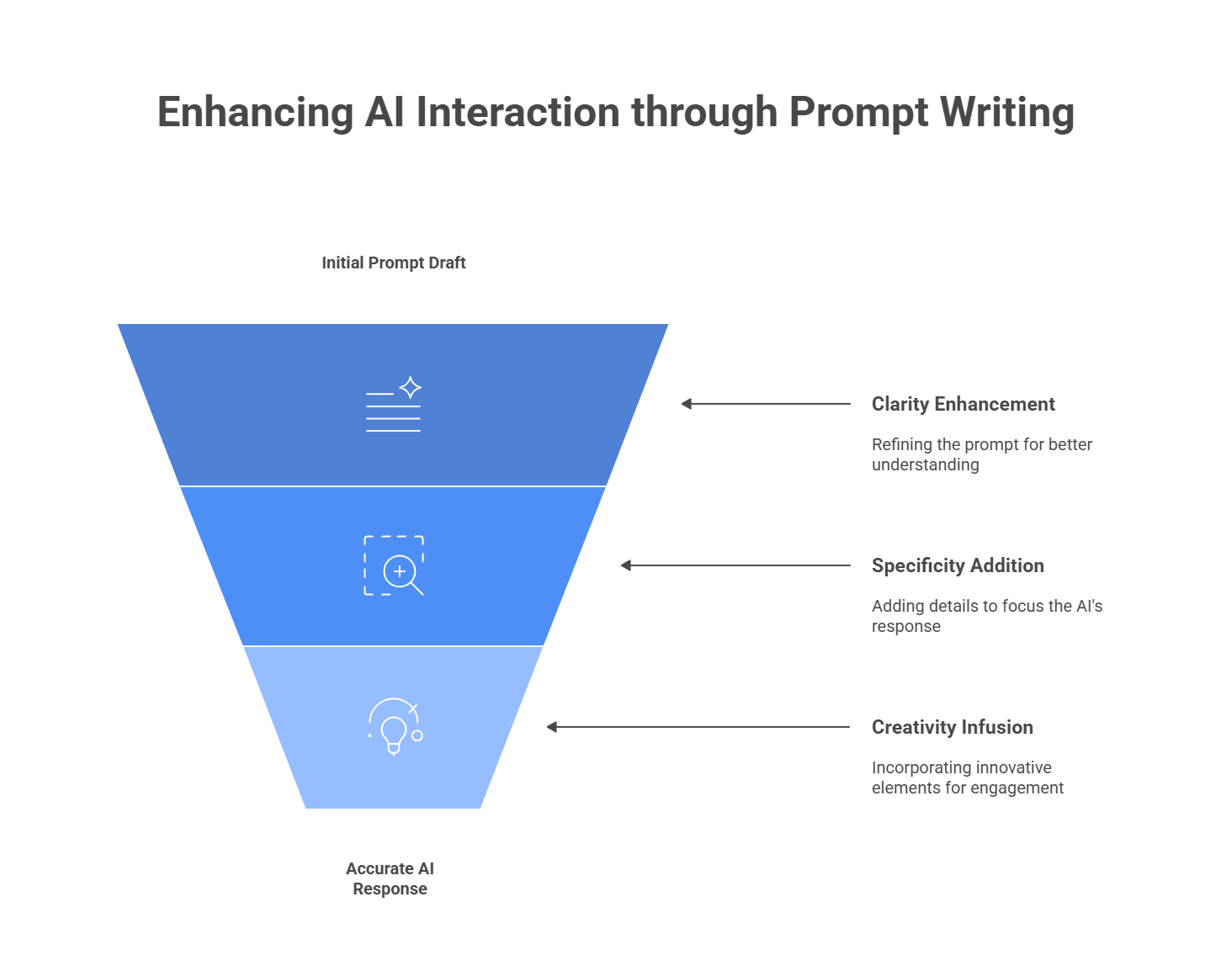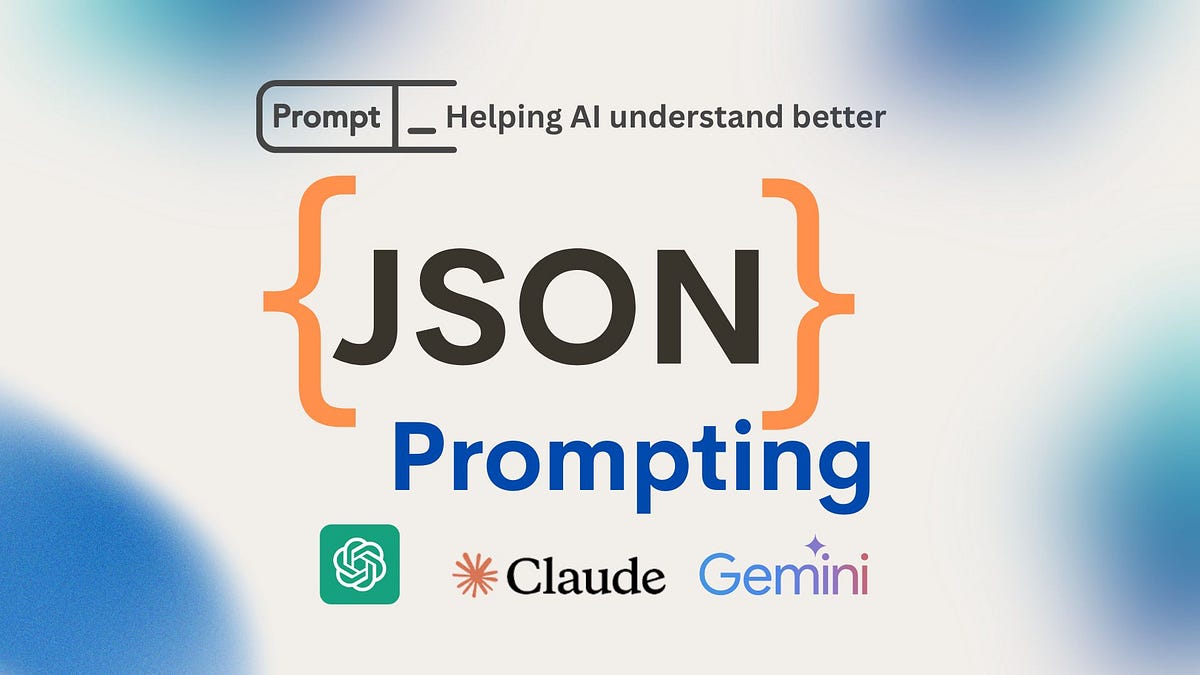In the rapidly evolving world of artificial intelligence, new terms and tools emerge at a dizzying pace. One such term causing confusion is the “Jason Prompt,” a phrase that cleverly points to two distinct but related concepts. Is it a sophisticated method for writing AI prompts, or is it a specific software tool?
The answer is both.
This ambiguity highlights a critical trend in AI: the demand for more reliable, predictable, and scalable interactions. On one side, we have prompting with JSON (often pronounced and transliterated as “Jason”), a powerful, do-it-yourself technique for developers and power users. On the other, we have Jason AI, a ready-made, “done-for-you” software product designed for a specific business need.
This article will unravel the “Jason Prompt” mystery. We will explore both the powerful technique of JSON prompting and the specialized Jason AI tool. By understanding both, you’ll gain a comprehensive view of where professional AI interaction is heading.

Section 1: The Power of Structure: Mastering AI with JSON Prompting
In the early days of Large Language Models (LLMs) like ChatGPT, interacting with AI felt like a simple conversation. We asked questions in plain language and got answers. However, this approach quickly revealed its limitations for professional use.
From Conversation to Specification: The Evolution of Prompt Engineering
Natural language is inherently ambiguous. AI models don’t “understand” context like humans do; they predict the next word based on statistical patterns from their vast training data. This can lead to irrelevant, unreliable, or completely fabricated answers—a phenomenon known as “hallucination.” For businesses that need consistent and accurate results, this unpredictability is a major roadblock.
This challenge led to a paradigm shift from “prompt engineering” to “structure engineering.” The core realization was powerful: no matter how carefully you phrase a request, it can never replace the clarity of an explicit structure. To get reliable outputs, we need to stop having a conversation and start providing a detailed specification.
What is JSON and Why is it Perfect for AI?
At the heart of this structural revolution is JSON (JavaScript Object Notation). JSON is a lightweight format for structuring data using a simple syntax of key-value pairs. It was originally designed for web communication but has become the de facto standard for APIs and structured data exchange everywhere.
A simple JSON object looks like this:
{
"first_name": "Sammy",
"last_name": "Shark",
"online": true,
"followers": 987
}
JSON is the ideal format for communicating with AI for several key reasons:
- Prevalence in Training Data: LLMs have been trained on trillions of words from the internet, including countless websites, code repositories, and APIs that use JSON. This means the models have a native-like fluency in understanding and generating JSON.
- Human and Machine Readability: Its syntax is simple enough for humans to read and write easily, yet it’s perfectly structured for computers to parse without ambiguity.
- Language-Independent: Although its name includes JavaScript, JSON is a universal format supported by virtually every modern programming language, making it perfect for building robust applications.

The Core of the Revolution: Predictability Through Structure
The fundamental principle of JSON prompting is simple yet transformative: by providing a JSON structure in your prompt, you constrain the AI’s output. Instead of generating free-form text, the model is forced to fill in the blanks you’ve defined.
Think of it like ordering coffee. Simply yelling “Coffee!” at a barista could get you anything. But providing a detailed order—”One large latte with oat milk and two shots of espresso”—ensures you get exactly what you want. JSON is that precise order for AI.
This structured approach delivers enormous benefits:
- Predictability and Reliability: This is the single biggest advantage. By defining the output format, you drastically reduce the chance of getting irrelevant or incorrectly formatted responses.
- Easy Integration: A JSON output is machine-readable out of the box. It can be fed directly into other software, APIs, or automation workflows without needing a fragile layer of text parsing.
- Reusability and Scalability: JSON prompts can be easily templated and reused, making it simple to build scalable AI-powered systems that require consistent performance.
- Clarity and Reduced Ambiguity: The act of creating a JSON prompt forces you to think through your request with precision, which naturally leads to better inputs and higher-quality outputs.
The table below summarizes the key differences between traditional and JSON-based prompting.
Aspect |
Traditional (Unstructured) Prompting |
Structured (JSON) Prompting |
Task Definition |
Conversational (“Write a guide to customer success…”) |
Specific ( {"task": "generate_guide", "topic": "customer_success"}) |
Input Format |
Natural language paragraph |
Defined JSON object with keys and values |
Output Format |
Unpredictable, free-form text |
Predictable, consistent JSON object |
Reliability |
Low; prone to irrelevant or malformed responses |
High; output is controlled by the input structure |
Integration |
Difficult; requires parsing text to extract data |
Easy; output is directly usable by other systems |
Scalability |
Low; each prompt is unique |
High; templates are easily reused |
Ideal Use Case |
Brainstorming, initial creative generation, general chat |
Automation, software development, data extraction, structured content |
Now that we understand the technique of JSON prompting, let’s turn to the other “Jason”: the software tool. Jason AI is not a tool for writing prompts. It is a specialized B2B (Business-to-Business) sales assistant developed by the company Reply.io.
Its primary function is to act as an automated Sales Development Representative (SDR), handling the time-consuming and repetitive tasks at the beginning of the sales process. The name “Jason” is a clever branding choice, personifying the AI to make it feel like a digital teammate rather than a faceless algorithm.
Who is Jason AI For?
Jason AI is designed for sales teams that sell products or services to other businesses. Its core value proposition is automating the top of the sales funnel: finding potential customers (leads), sending initial outreach emails and messages, following up, and booking meetings. By automating these tasks, it frees up human salespeople to focus on higher-value activities like giving demos, negotiating, and closing deals.
Key Features and Capabilities
Jason AI offers an integrated suite of features designed to manage the initial sales cycle from end to end:
- Intelligent Targeting: Jason AI defines your Ideal Customer Profile (ICP) and scours a massive database to find leads. It also tracks “intent signals” (like a company hiring for a specific role or adopting new technology) to identify prospects who are ready to buy.
- Multichannel Engagement: It doesn’t just send emails. Jason can execute communication sequences that include LinkedIn messages and even phone calls, complete with automated follow-ups.
- AI Personalization at Scale: This is a key differentiator. The AI analyzes a prospect’s social media profiles and company website to craft personalized opening lines. Teams can also feed it their own case studies and value propositions to make the messages even more relevant.
- Automated Reply Handling: The system can understand the intent behind a reply (e.g., “I’m interested,” “Not now,” or a question) and either draft a suggested response for human approval (Copilot mode) or respond automatically (Autopilot mode).
- Meeting Booking: Jason AI integrates directly with calendars like Google and Outlook. When a prospect agrees to a meeting, it books the appointment automatically, eliminating back-and-forth scheduling emails.

A Critical Review: Strengths vs. Weaknesses
No tool is perfect. Based on user feedback and expert reviews, here is a balanced look at Jason AI’s performance.
Strengths:
- Speed and Ease of Use: A team can set up and launch its first campaign in as little as 24-48 hours without needing deep technical expertise.
- Significant Time Savings: It effectively automates the most repetitive parts of an SDR’s job, freeing up dozens of hours per week.
- Integrated Lead Database: Access to a built-in database for finding prospects simplifies the lead generation process.
Weaknesses:
- Repetitive at Scale: While the AI personalization is good, the underlying patterns can become noticeable in very large campaigns, potentially reducing effectiveness.
- Limited Flexibility: As a “plug-and-play” solution, users have little control over the underlying logic, which can be a limitation for scaling teams that need deep customization.
- Lacks Nuance: The AI can struggle to handle complex objections, highly technical questions, or subtle social cues, often requiring human intervention.
Section 3: Strategic Decisions: Choosing Your AI Path
Now we bring it all together. Which “Jason” is right for you? The answer depends on your goals, resources, and technical comfort level.
The “Build vs. Buy” Dilemma: Analyzing the True Cost
A developer might look at Jason AI’s starting price of around $500 per month and compare it to the tiny cost of a GPT-4o API call (a few dollars per million words) and conclude the tool is overpriced. This comparison is incomplete.
The subscription fee for a tool like Jason AI covers much more than just AI processing:
- Software & UI: The cost of developing and maintaining a user-friendly platform.
- Lead Database: The immense value of access to a curated and updated B2B contact database.
- Automation Logic: The pre-built workflows for sequences, reply handling, and meeting booking.
- Managed Infrastructure: The critical, often-overlooked cost of ensuring high email deliverability, server maintenance, and security.
- Customer Support: Access to a team that can help you succeed.
Furthermore, this cost must be weighed against its alternative: hiring a human SDR, which can easily cost over $8,000 per month when including salary, benefits, and tools. From this perspective, Jason AI is positioned as a cost-saving solution.
Final Verdict & Recommendations
This report began by decoding the phrase “Jason Prompt.” Now, we can offer a final verdict on both concepts.
On JSON Prompting (The Technique): This is an essential, powerful skill for any modern developer, data scientist, or tech professional. Learning to structure your requests with JSON is the key to unlocking reliable, scalable, and predictable results from AI models. It transforms your interaction from a vague conversation into a precise command. Investing the time to master this technique will pay dividends as you build more sophisticated AI-driven applications.
On Jason AI (The Tool): This is a powerful, specialized tool, but it’s not for everyone. The recommendation depends entirely on your team’s profile:
- Who should use Jason AI? Small teams, startups, and solo entrepreneurs who prioritize speed-to-market and ease of use. For this group, Jason AI is a phenomenal enabler that can function as an entire entry-level sales team, saving immense time and money.
- Who should be cautious? Scaling sales teams or large organizations that require high-volume campaigns, deep customization, and complex conditional workflows. For this group, the inflexibility of Jason AI will likely become a bottleneck. They would be better served by exploring more flexible alternatives or building a custom solution using the JSON prompting techniques discussed earlier.
The future of AI is specialized. The distinction between general models and specific applications like Jason AI will only grow wider. In this new landscape, success will depend on mastering both sides of the coin: knowing how to command AI with structure (JSON) to build custom solutions and knowing how to leverage intelligent agents (like Jason AI) to automate business processes. Those who understand both will not only build reliable systems—they will build a sustainable competitive advantage.


